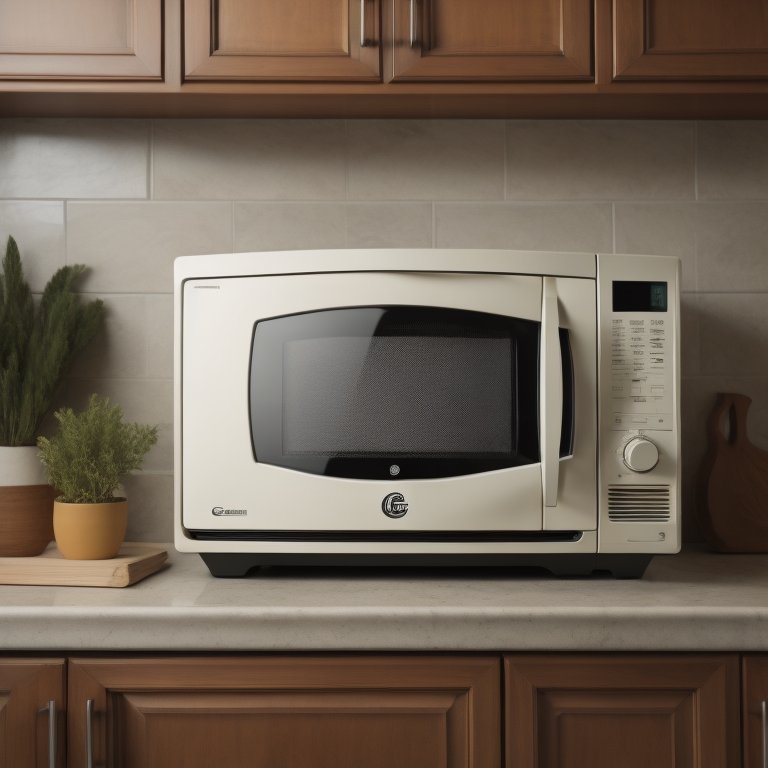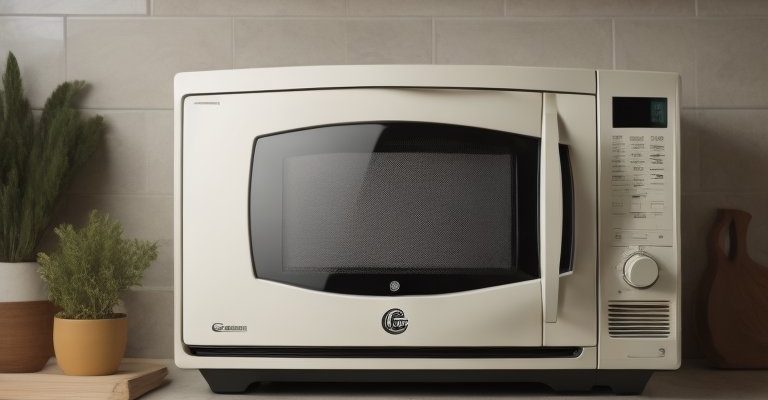
Understanding why this error occurs is the first step. Picture this: the microwave’s fan is like a little engine that could—it’s responsible for keeping things cool and steam-free inside. When it gets blocked or stops working efficiently, it’s like a blocked nose; it can’t do its job properly. This can cause the microwave to overheat, ultimately leading to that pesky OE error. So, let’s dive into some practical steps you can take to keep this from happening in the future.
What Causes the OE Error Code?
When it comes to the OE error code, the primary culprit is usually a blocked or malfunctioning exhaust fan. Think of it like the exhaust fan over your stove, which helps to pull out steam and odors while you’re cooking. If that gets clogged with grease and grime, it’s not going to work too well. The same concept applies to your microwave. When the exhaust fan is obstructed, either by dirt, debris, or mechanical failure, the airflow is restricted, and the microwave can’t cool down properly.
Another common cause is improper installation. Let’s say you’ve just moved into a new place or installed a new unit; if the venting isn’t set up correctly, you might be inadvertently causing the error. It’s like having a new phone without configuring it properly—you’ll run into problems down the road. An incorrectly installed microwave may not vent air as it should, leading to overheating and triggering the error code.
Lastly, regular wear and tear can also lead to this issue. Over time, parts of the microwave, including the fan, can wear out. Just like an old car, if you don’t maintain it, it’s going to start showing signs of trouble. This is why routine check-ups and maintenance are crucial for keeping your microwave in top shape and avoiding that annoying OE message.
Steps to Prevent Future Occurrences of the OE Error
Here’s the deal: prevention is often much easier than dealing with the headache of a malfunctioning appliance. The first step to preventing the OE error is ensuring that your microwave is installed correctly. Check the manufacturer’s instructions and make sure the venting is clear and unobstructed. If you’re not confident in doing this yourself, hiring a professional can be a wise investment. Remember, it’s better to be safe than sorry.
Next, make cleaning a habit. Just like you wouldn’t let your dishes pile up, you shouldn’t let grease and debris build up in your microwave. Regularly wipe down both the interior and exterior to keep grime at bay. Pay special attention to the exhaust area—this is often where blockages start, leading to that error code. Think of it as giving your microwave a little TLC to keep it running smoothly.
Finally, schedule regular maintenance checks. Even though microwaves are pretty low-maintenance compared to other appliances, they still benefit from a professional check-up now and then. Much like visiting the dentist, this can help catch any potential problems before they turn into full-blown issues. In doing so, you’ll extend the life of your microwave and ensure it’s always ready for your next meal prep.
When to Consider a Replacement
Sometimes, despite your best efforts, an error code persists. So, when should you think about replacing your microwave? Typically, if your appliance is over a decade old, repair might not always be the most cost-effective choice. It’s kind of like hanging onto an old pair of shoes; sometimes, they’re just too worn to be worth keeping.
If you find that repairs are frequent and costly, or if the same error codes keep cropping up no matter what you do, it might be time for a new microwave. This is especially true if other functions are failing alongside the fan problems. New models come with updated technology and improved efficiency, potentially saving you more in the long run.
However, before rushing to replace, consult with a technician. They can offer professional advice and might even be able to repair the issue for less than the cost of a new unit. Think of it as getting a second opinion before making a big decision—you’ll want to weigh all your options to find the best outcome for your kitchen needs.
In the end, preventing the OE error code on your GE microwave boils down to a mix of proper installation, regular cleaning, and routine maintenance. By keeping your appliance in tip-top shape, you’ll avoid the hassle of dealing with errors and keep it running efficiently for all your culinary needs. Remember, a little preventive care can go a long way, just like regular exercise keeps your body healthy. So pay attention to those subtle signs and take action—your microwave will thank you, and so will your future self when you’re reheating that delicious leftovers without a hitch.
